LIVING IT LARGE
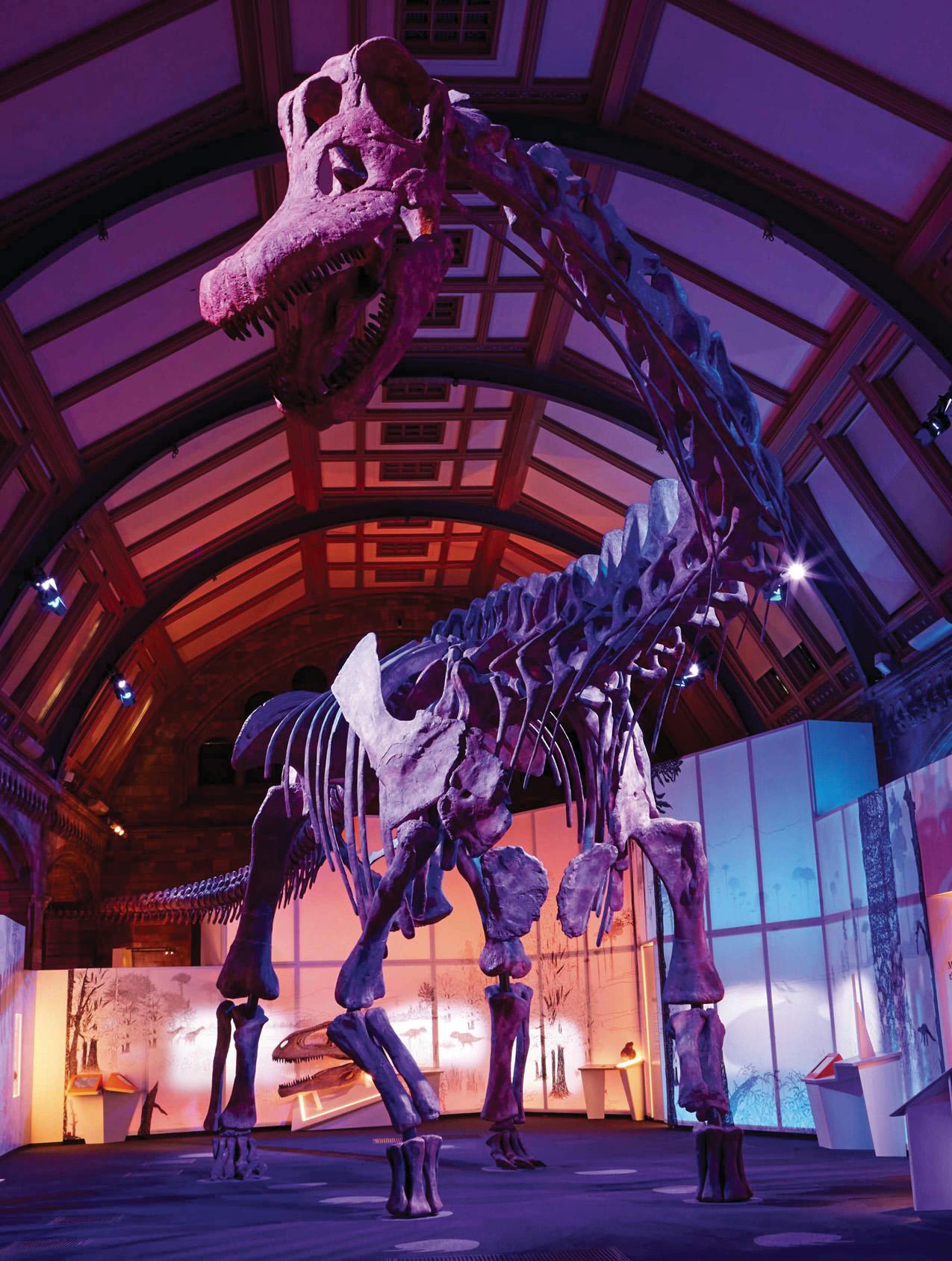
MILLIONS OF YEARS AGO, M Earth was ruled by giants. Pterosaurs with 12m wingspans darkened the skies, dragonflies the size of widescreen televisions buzzed among the undergrowth and sauropods the length of a jumbo jet browsed the treetops.
And there was one that was probably bigger than them all: the Cretaceous colossus that was Patagotitan mayorum, whose replica skeleton currently fills the Waterhouse Gallery at the Natural History Museum.
Clocking up some 57 tonnes in weight and measuring 37m from nose to tail, Patagotitan is the largest, most complete dinosaur currently known. It was a member of the titanosaur family, in turn part of the wider sauropod group known for their immensely long necks and thick, squat limbs. Diplodocus was a sauropod, as was Brachiosaurus - the gentle creature we see feeding from the canopy in that captivating scene in Jurassic Park. But while we've known about 'Dippy' and Brachiosaurus for more than a century, Patagotitan was only discovered in 2010, hot on the hefty heels of many other new titans, such as Puertasaurus (2001), Dreadnoughtus (2005) and Argentinosaurus (1987).
Indeed, we are currently experiencing something of a golden age of dinosaur discovery. An average of 50 new species are being added to the tally each year, with a current running total of about 700 (and counting). The boom has been driven by two main factors. "There are now many more people working on dinosaurs in countries in South America, Africa and Asia, which didn't have palaeontologists before," says Paul Barrett, dinosaur specialist at the Natural History Museum in London. "These locations are naturally rich in fossil remains, so the rate of discovery is going up. We're also finding new species by re-assessing existing collections. In my time at the Museum, we've discovered about 10 new species from material that hadn't yet been worked on or had been misidentified."
Esta historia es de la edición August 2023 de BBC Wildlife.
Comience su prueba gratuita de Magzter GOLD de 7 días para acceder a miles de historias premium seleccionadas y a más de 9,500 revistas y periódicos.
Ya eres suscriptor ? Conectar
Esta historia es de la edición August 2023 de BBC Wildlife.
Comience su prueba gratuita de Magzter GOLD de 7 días para acceder a miles de historias premium seleccionadas y a más de 9,500 revistas y periódicos.
Ya eres suscriptor? Conectar

JAWS 50 THE LEGACY
Half a century after a great white shark terrified cinemagoers, we hunt down the lasting impacts of Spielberg's blockbuster
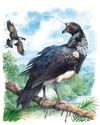
PRIMAL SCREAM
A wildly unusual bird call shatters the peace of a tropical dawn
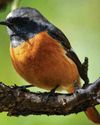
Find more birds more of the time with multi-spectrum binoculars from HIKMICRO
Find more birds more of the time with multi-spectrum binoculars from HIKMICRO

Losing touch with reality
As AI becomes increasingly powerful, what does it mean for the wildlife images we see?

Bongos have come home
The secretive antelope is hoping for better times in Kenya

Do animals get stressed?
We often think of stress as a bad thing, but it has evolved to protect us. When we find ourselves in life-threatening situations, our bodies prepare to fight or run.
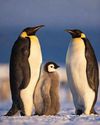
Secrets of the Penguins
New series for National Geographic offers unprecedented insight

How I learned to speak wolf
Deep in Yellowstone's Lamar Valley, George Bumann develops a sense of what wolves' howls can mean
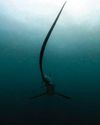
Which animal has the longest tail?
STRICTLY SPEAKING, THE TAIL-LIKE structures found in everything from scorpions to mayflies are not true tails. Only vertebrates – animals with a spine – are genuine tail-owners. And among vertebrates, tails are really common.

Lesser goldfinches are moving north
Warmer temperatures are leading these irrepressible golden-hued birds to expand their range in the USA
